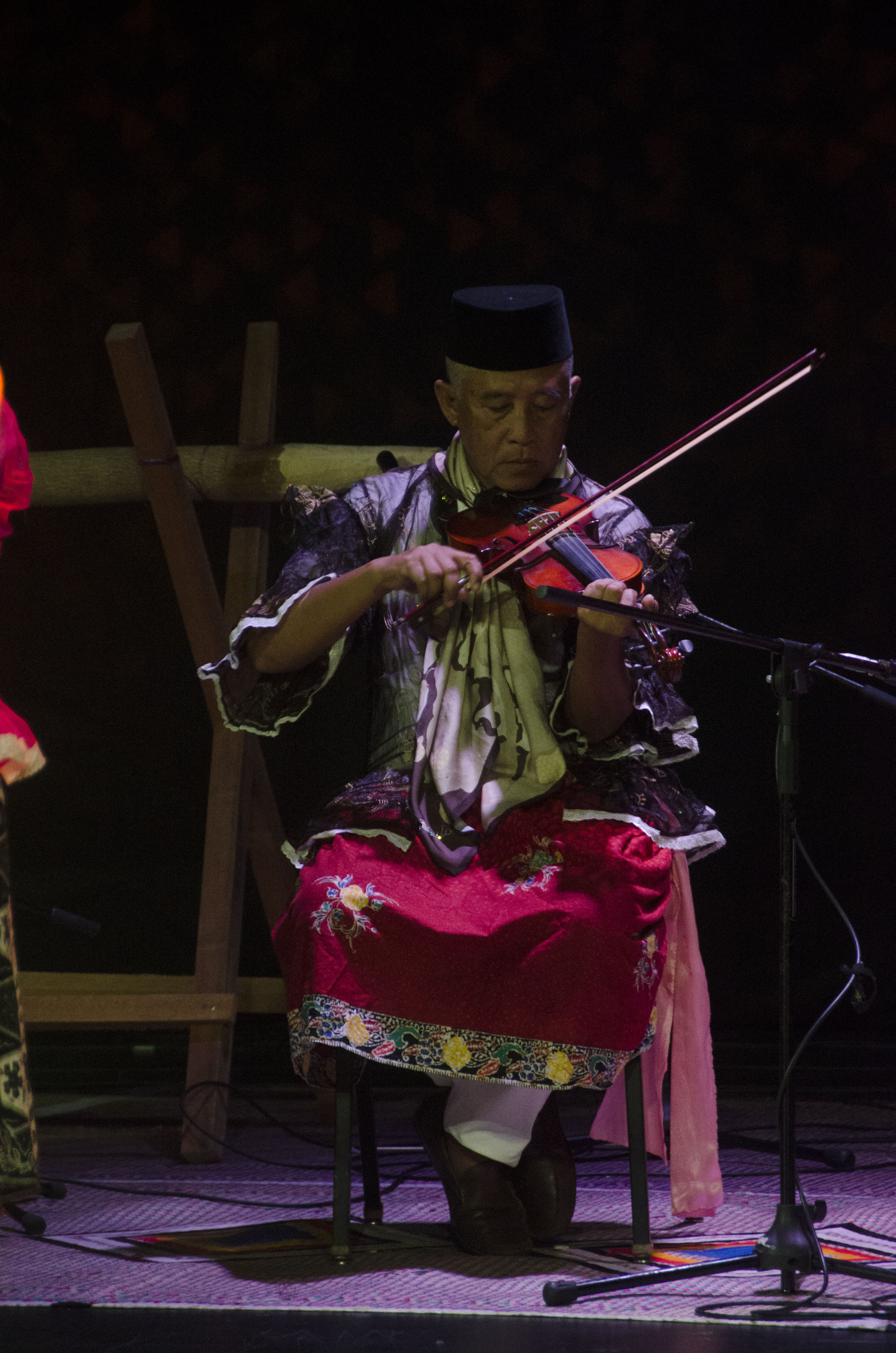ARTS AND CULTURE INFORMATION GATEWAY
Immerse yourself in the colorful world of art and culture! From traditional heritage to contemporary works, discover uniqueness that reflects the nation's identity and identity
TARIAN DANSA COCOS
Picture
5
Video
No record
Today's Visitor
11
Number of Visitors
111
Introduction and history
Dansa Cocos is the most popular dance among the Cocos ethnic community, a minority ethnic group that resides in the Tawau district, Sabah. The term 'Dansa' itself comes from the English word 'Dance', which means dance or dancing. This dance has a long history that begins with the arrival of the crew of English merchant ships who first arrived in the Cocos Islands in 1826. Alexander Hare, a pioneer of English navigation at that time, played an important role in introducing this dance through interaction with the crew and local residents. Then, in 1827, Clunies Ross continued the voyage and brought workers from several areas in the archipelago, such as Malacca, Betawi (Jakarta), and Banjarmasin. Along with them came cultural influences that shaped the early form of Dansa Cocos. This dance then developed into one of the important elements in the art and culture of the Cocos ethnic community.
The movement patterns and dance styles of Dansa Cocos are more similar to the traditional Scottish dances of Strathspey and Tulloch. Nevertheless, several variations of this Dansa exist among the Cocos community, including Halldock Dance, Step, Senap, Baral, and Scotrail. Each of these variations displays a unique movement and step pattern, reflecting the influence of various cultures from the archipelago region as well as the Western influence brought by English sailors.
Dansa Cocos serves as entertainment in Cocos ethnic weddings. Usually, the bride and groom who have been accepted will perform this dance in front of the family followed by other relatives to pull them together. Now, this dance is often performed in various other public activities such as festivals, large events, and welcoming distinguished guests.
The dancers of Dansa Cocos wear unique traditional clothing, which is a combination of two cultures, Malay and Scottish, which have been mixed in the local culture of the Cocos ethnic group in the state of Sabah. This dress is synonymous with ruffle stitching with organza material.
Male dancers will wear clothes known as 'Baskat', which is a shirt similar to the design of a Blazer (Bush Jacket). It has been modified with ruffles on the sleeves called 'Frill' or, in the local language called 'Peril'. Men's Baskat shirts usually have shorter sleeves or so-called half-sleeves. This outfit will be worn with a white pagoda layer shirt on the inside. The use of the Baskat will be matched with long white pants made of satin material and matched with 'Sepatu', which are black high-heeled shoes.
The additional use of batik cloth, or in the local language called 'Ken Batik'. It is trimmed like a short skirt at knee level and a scarf tied around the waist called 'Sabok', which aims to give an impression of the value of Malay aesthetics in the use of this traditional clothing. As an additional decoration, a handkerchief will be tied as a neck decoration to replace the Neck Tie that is usually worn with a Bush Jacket or Blazer. As for headdresses, Songkok is used as a symbol of Islamic values in this ethnic group.
For female dancers, Peril's fashion resembles the basic cut of the Long Kebaya. Usually, a longer sleeve cuts up to wrist level compared to men's baskets. This fashion accessory will be worn with 'Cemis', which is a black corset on the inside matched with Ken Batik like a long skirt tied with Sabok. Just like the male dancer, the female dancer's dress is also matched with Sepatu, which is black flash shoes with short heels. The head accessories of the female dancers are not loaded with decorations. Instead, they will be buns or, in the local language, called 'Konde', which are trimmed and decorated using flowers. To add decoration, pearl earrings will be used by female dancers.
The Dansa Cocos only uses a violin instrument played by musicians known as 'Penggesek'. Usually, Penggesek consists of one or two people to produce a melody that is helped by the sound of applause from the crew or the villagers watching the performance. However, some performances also use the combination of drums and tambourines to form a more significant and mesmerizing sound ensemble.
The Dansa Cocos performance focuses on three basic styles: alternating foot stomps, hand gestures (crossing and alternating) between dancers, and hand clapping. The dynamics of the performance floor pattern will basically be a large circle, a small circle, and a line pattern between the dancers.
-
Reference Source
Fauzrina Bulka. (9 Disember 2017). Pengaruh Scotland, Melayu Dalam Dansa Cocos. Malaysia Kini Online. Daripada https://malaysiaaktif.my/2017/12/pengaruh-scotland-melayu-dalam-dansa-cocos/
Kamaruddin, N., & Aziz, A. A. (2018). The entities of Cocos Malays communities in Sabah. In Springer eBooks (pp. 355–364). https://doi.org/10.1007/978-981-13-0487-3_39
Irving, D. R. M. (2019). Strings across the ocean: practices, traditions, and histories of the Cocos Malay biola in the Cocos (Keeling) Islands, Indian Ocean. Ethnomusicology Forum, 28(3), 283–320. https://doi.org/10.1080/17411912.2020.1754874
Syahrein Mohd Hamdi, Nurulakmal Abdul Wahid. (2023). Kajian Kes Terhadap Dansa Etnik Melayu Cocos: Persembahan Kampung ke Pentas. Dalam Chin, L. F. H.,Hamza, H., Z. & Sampurno, M., B., T. (Eds.) Kajian Kes Seni Persembahan (pp. 128-138). Fakulti Muzik dan Seni Persembahan. Universiti Pendidikan Sultan Idris. https://fmsp.upsi.edu.my/wp-content/uploads/2024/06/Kajian-Kes-Dalam-Seni-Persembahan.pdf
Location
State JKKN Contact Information
Encik Hassanal Redzuan
Cultural Officer
Jabatan Kebudayaan dan Kesenian Negara, Sabah
Kompleks JKKN Sabah,
Jalan Tasik off KM4 Jalan Penampang,
88200 Kota Kinabalu
SABAH
088-205070
Use the form below to contact the Informant/Figure/Editor/Researcher directly. We will respond to your inquiry as soon as possible!






